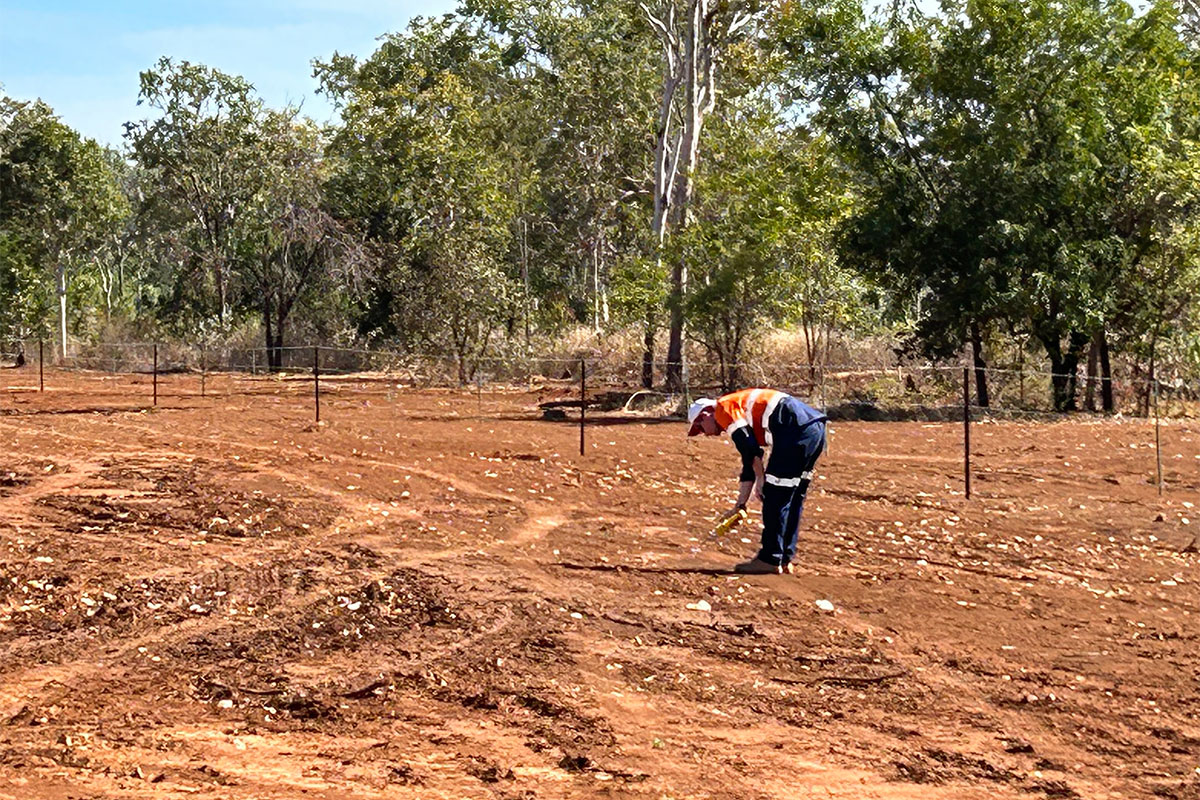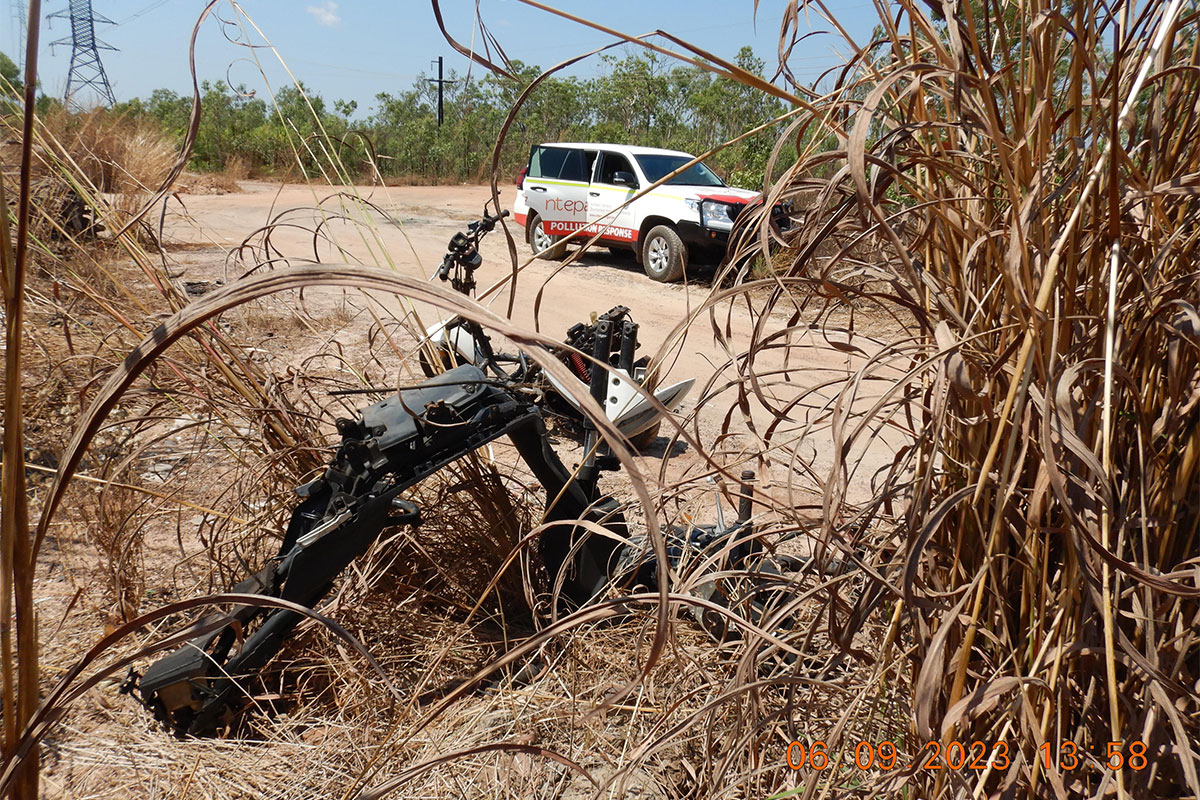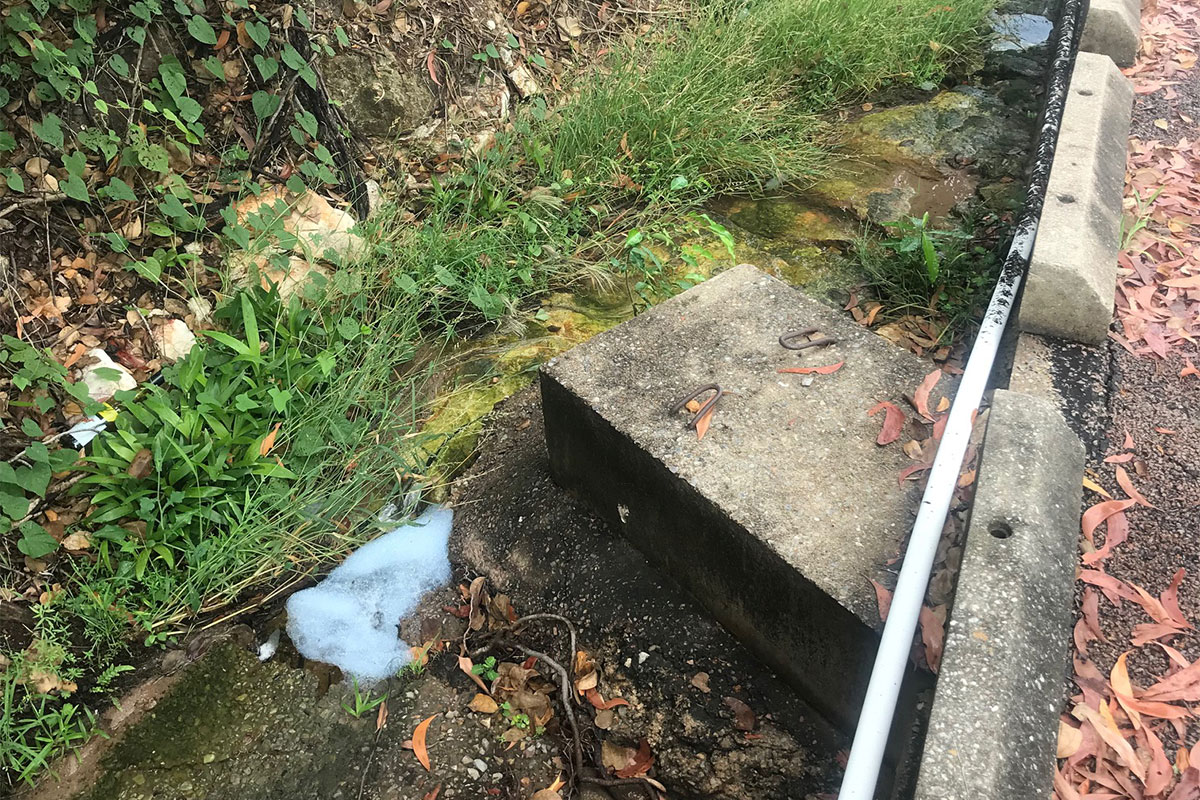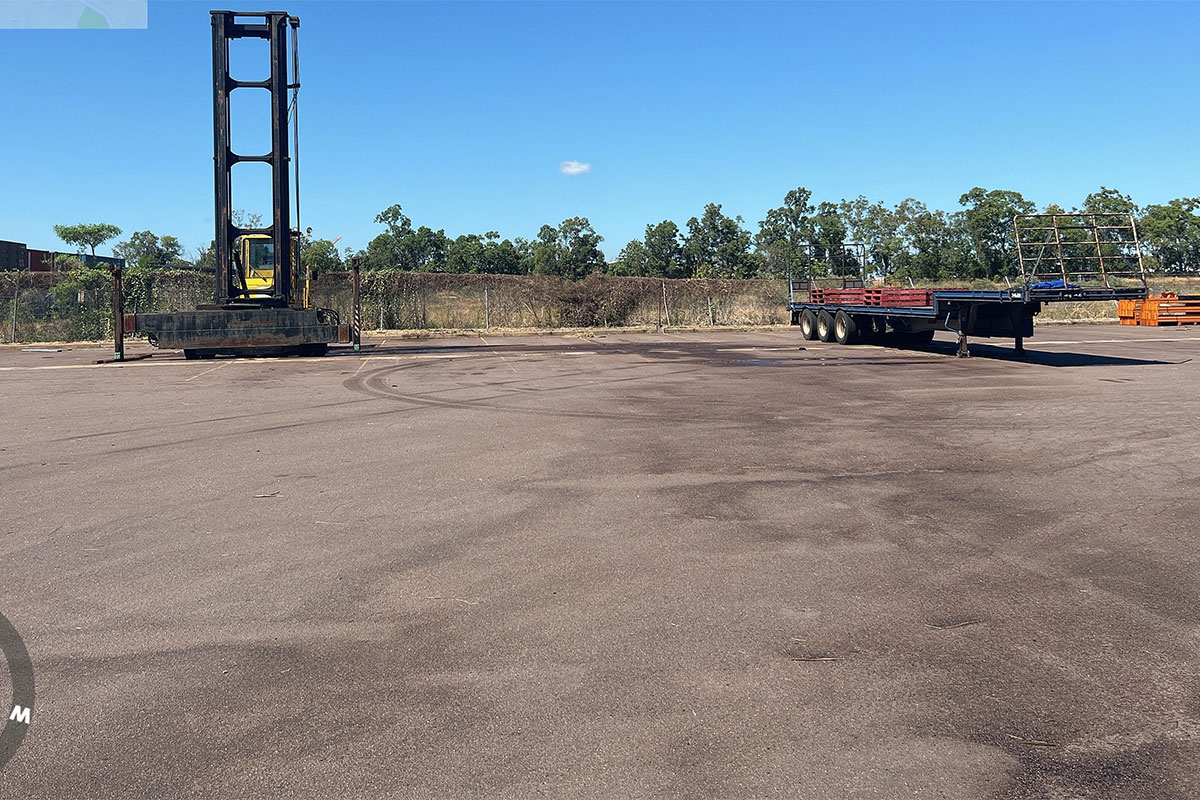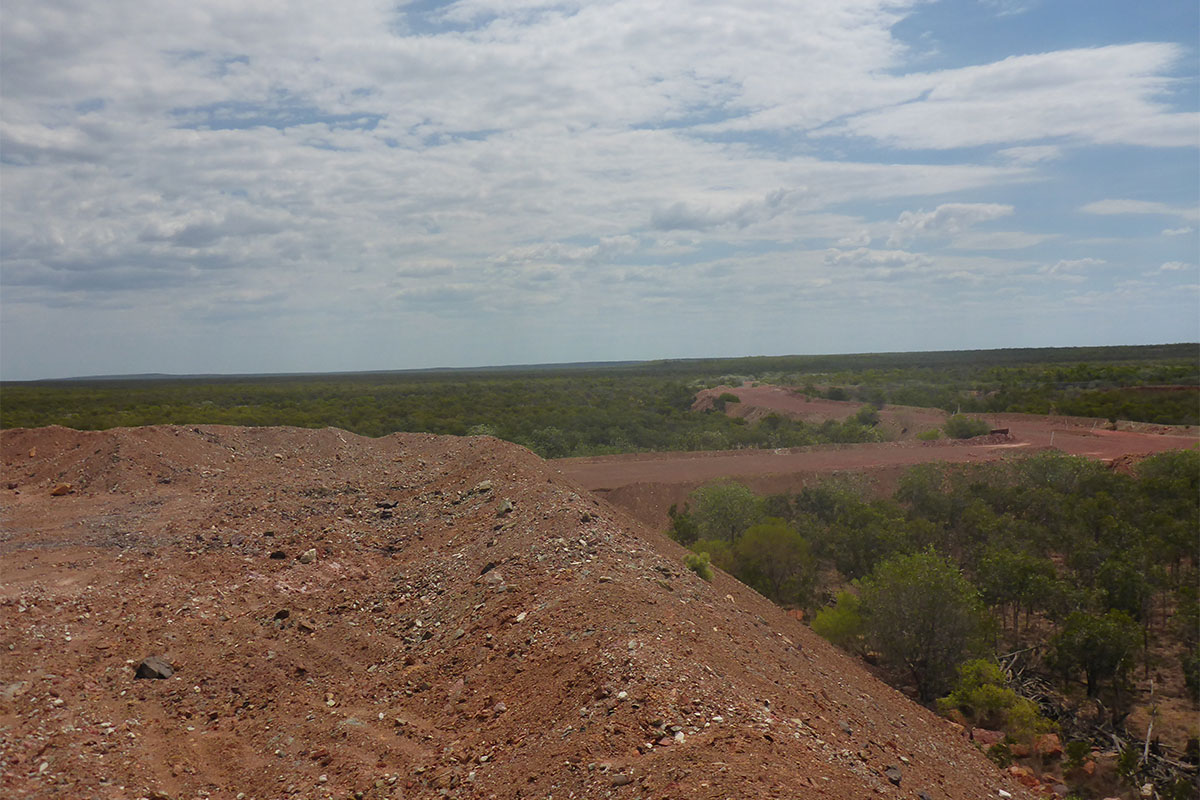Pollution response – triage guideline published
The Environmental Regulation Division pollution response triage guideline has been published.
Last August, the NT Environmental Protection Agency (EPA), the Controller of Water, the Minister for Environment, Climate Change and Water Security, Hon Kate Worden MLA and the department CEO endorsed the Environmental Regulation Division triage guideline for trial use. This guideline provides a clear framework for how we triage and respond to pollution reports, enabling officers to prioritise and address issues based on their environmental risk.
During the trial period, the guideline proved effective, allowing officers to efficiently triage and respond to pollution reports.
Also in this trial period, the NT EPA webpage for pollution reports was updated to provide information and contact details for alternative regulators and service providers. This update has coincided with a noticeable decline in pollution reports to the NT EPA pollution response line, indicating that the new webpage is helping the public to identify the most appropriate regulator or service provider to address their concerns.
The triage guideline has now been officially approved by the CEO for publication on the NT EPA website. In addition, Environmental Regulation Division is developing a pollution case management system. This system will automate certain aspects of the triage guideline, further enhancing efficiency and providing officers with a consolidated view of compliance and enforcement actions.
The publication of the triage guideline aligns with the division's PACTT principles: being transparent, providing a consistent and proportionate response to pollution reports, and targeting resources towards incidents with the highest risk of environmental harm. We will keep ourselves accountable to the processes in the triage guideline by monitoring pollution report data and reporting on our response activities in an annual report card on our compliance activities.
On average, Environmental Regulation Division receives between one and two pollution reports daily across the Northern Territory. Most of these reports originate from the greater Darwin area, with approximately 5% coming from Alice Springs and 1% from remote locations. Over the past year, the most common reports have been for illegal dumping (9%), construction noise (7%), neighbourhood dust (6%), and self-reporting by regulated industries (6%).
